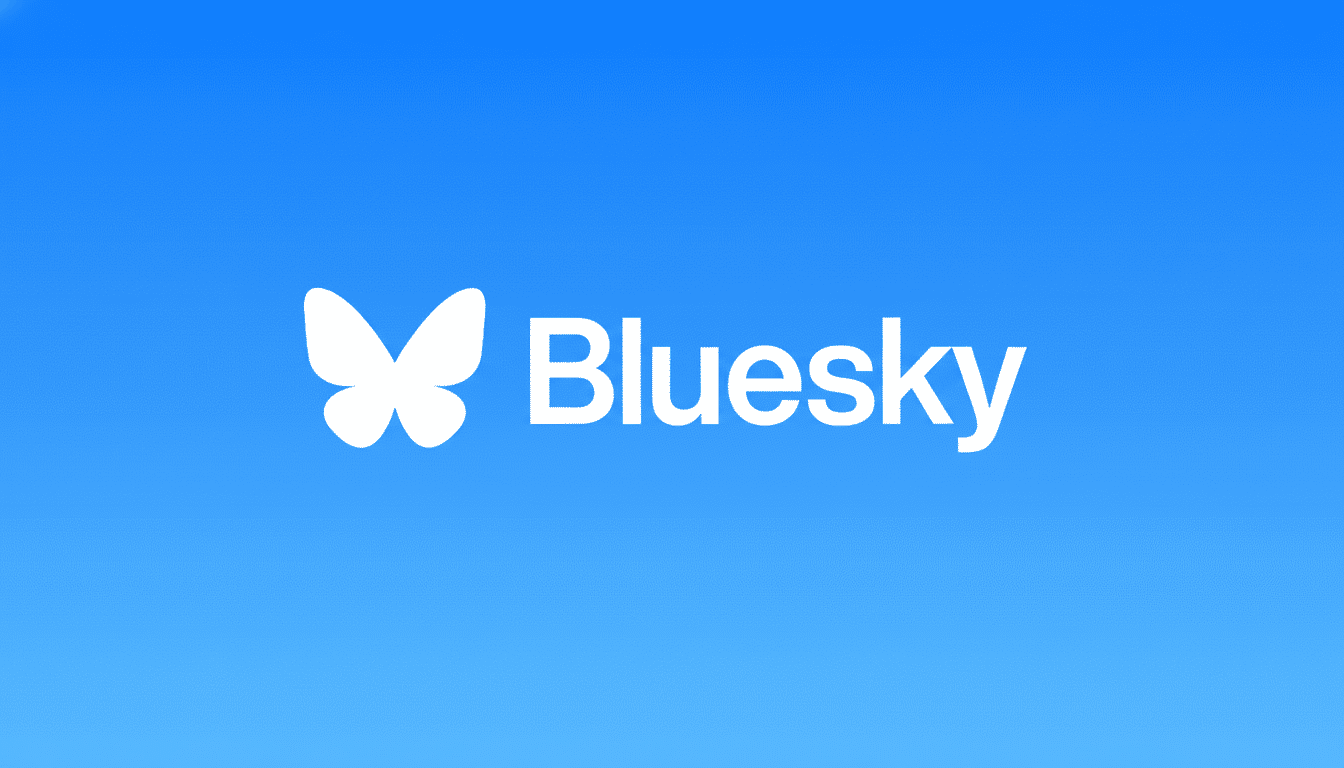Less than two days after joining Bluesky, the White House account has surged to the top of the platform’s block charts — highlighting a cultural clash between a combative political messaging strategy and a network predicated on user control. Independent tracker ClearSky suspects some 91,000 users have blocked the account while attracting just 10,000 followers, one of Bluesky’s most blocked profiles. Only VP J.D. Vance’s account has received more blocks, so far.
A Swift Backlash On A Left-Leaning Network
The White House and a range of federal agencies weighed in with posts that criticized losing Democrats over the continuing government shutdown and took on a mocking, trolling tone. The approach echoes the hard-edge messaging on other platforms but was met with resistance almost immediately when taken to Bluesky, which has attracted a user base that skews center-left and is less tolerant of political flame-throwing.

Community organizers and high-profile creators encouraged followers to “block and move on,” a common norm on the service. The result was a rapid, unified reaction that converted into tens of thousands of blocks in less than 48 hours, per ClearSky’s aggregate stats. During the same period, a few newly set up government accounts were among the top five to be blocked by most profiles on the platform.
Numbers That Define This Bluesky Block Moment
By any social metric, nearly 9-to-1 is eye-popping. It implies that the line of sight from algorithmic or social graph discovery is being nullified by community scale moderation. ClearSky’s leaderboard highlights bursts of intense blocks just after first posts, activity spiking on the front end and waning as users curated feeds and lists.
That’s in line with what academics often find playing out during politicized onboarding events: a flurry of attention, followed by sudden filtration as communities enforce norms. Bluesky does not publicly show global block totals, but third-party dashboards aggregate signals from public block and mute lists and from those that opt into data sharing about actions taken in moderating their platform.
How Bluesky Would Make Blocking a Little More Frictionless
Bluesky’s design centers on composable moderation. Users can take advantage of shared block and mute lists, sign up for custom feeds, and enroll in third-party labelers which detect spam or harassment. The tools in question have been featured prominently in developer docs and this year, a YouTube video was posted introducing Ozone, an open framework for community-based labeling services.
Once this rule is applied in practice, one tap to block an account is often a more powerful gesture because people end up subscribing to the same lists. What starts as an isolated reaction can go network-wide, quashing an account’s reach across many feeds. That dynamic seems to be driving the course of the White House account on Bluesky much more than on other platforms where central algorithms are more difficult for users to reset.

Legal And Norms Questions For Official Messaging
The combative tone from the official agency accounts immediately raised questions about the line for political advocacy by federal entities. The Hatch Act, which is enforced by the U.S. Office of Special Counsel, prevents federal workers from participating in partisan work while on duty. Election law experts and watchdog organizations including the Campaign Legal Center have cautioned that government conduits assailing named political opponents risk running afoul of those lines, though enforcement depends on facts and context.
On Bluesky, such concerns intersected with community norms that ran against open partisan provocations. The blowback was not just ideological; it also showcased a bias against feed friction and attention battles that reward outrage. The message from powerful users was clear: don’t argue, curate.
What The Block Wave Means For Bluesky Reach
There are two costs for a public figure or an institution to be included in the list of most blocked accounts. First, coverage decreases when considering customized sources based on blocks and shared lists. Second, the optics are poor: a visual reminder to those you’re trying to reach that they can actively opt out. Supporters can still share support through reposts or amplification off the platform, but within Bluesky, the cap on organic growth affects significant limits once block lists pile up.
That doesn’t mean Bluesky would be irrelevant to political communication. It’s a small thing to be sure, but it does point out that tactics fine-tuned for maximal attention elsewhere can work against you in settings where user agency is the standard. The White House’s early figures are a study in how decentralized moderation changes the calculus: attention may be cheap, but access must be earned.
A Stress Test For Bluesky’s Political Age
As more official accounts join, the platform’s governance structures will be tested further. Bluesky has promised to enable people to design their own experience through lists, feeds and labelers, rather than having a one-size-fits-all set of rules. The White House block wave is perhaps the most vivid proof yet that those tools can scale — and that the online community will wield them when political players ignore the room.

